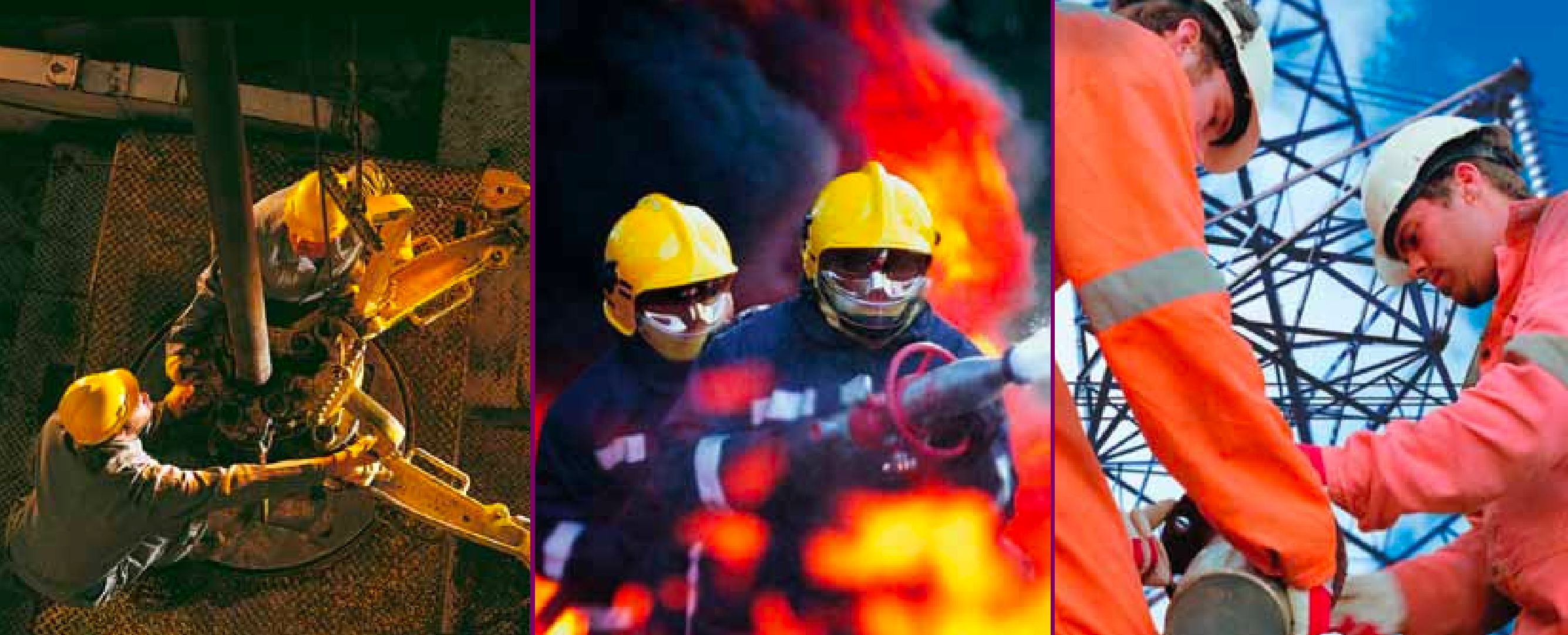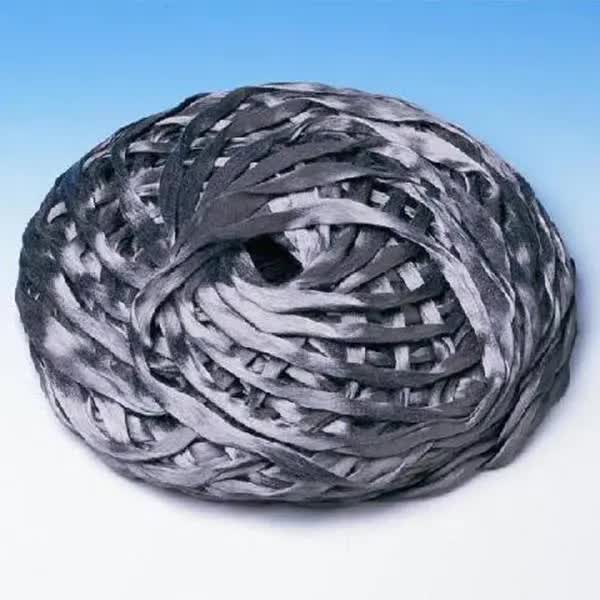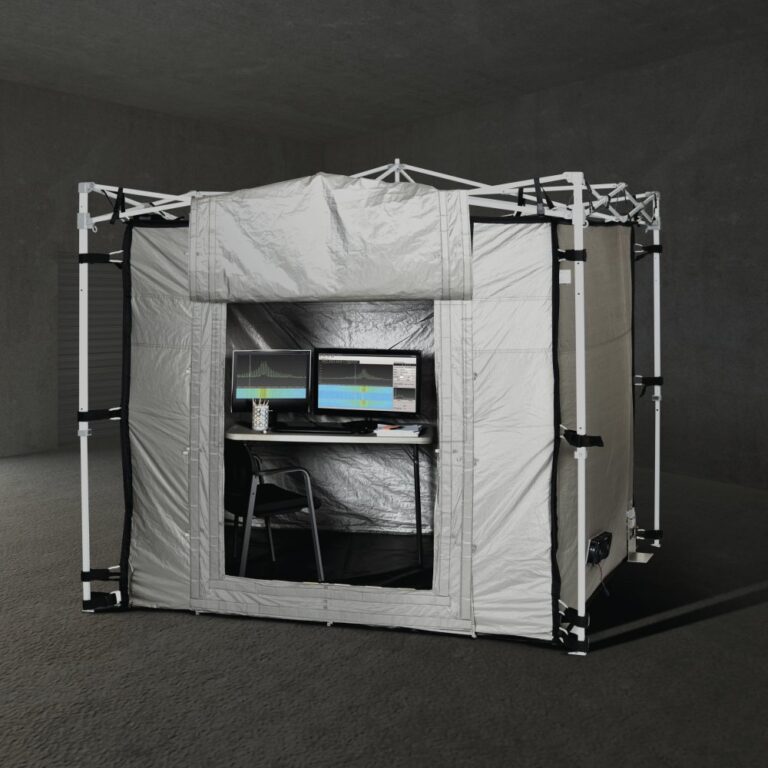Product
Stainless steel fiber breaking sliver
Product range
|
Composition |
Diameter |
Count Dtex |
Tensile strength |
Average |
Conductivity |
|
Stainlesssteel fibers |
8 µm |
3.6 |
6 cN |
1% |
190 Ω/cm |
|
Stainless steel fibers |
12 µm |
9.1 |
17cN |
1% |
84 Ω/cm |
Material 100% 316L Stainless steel fibers
Packed by vacuum package
Length of fiber 38mm ~ 110mm
Weight of strip 2g ~ 12g/m
Fiber Diameter 4-22um
Stainless steel metal fiber can be blended
• With all textile materials in all spinning systems. It is very important that an even distribution of the metal fibers is obtained.
• On the worsted or semi-worsted system: the fiber sliver is introduced at the pindrafter together with the appropriate number of synthetic or natural fiber tops.
• On the woollen system: introduce the sliver after the hopper feeder, before the first card.
• In the production of non-wovens: the sliver can be introduced as on the woollen spinning system on condition a cross-lay system is installed before the last card.
• In the cotton-type spinning: the blending of metal fiber is done on the drafter.
• In textile fibers: some fiber manufacturers offer metal fiber containing fiber blends for anti-static textiles.
Stainless steel metal fiber applications

EMI shielding or anti static yarns
Stainless steel metal fibers blended with natural or synthetic fibers, the mix results in an efficient, conductive medium with antistatic and EMI shielding properties. flexible and light.
Protective clothing
Your protective textiles may require a special yarn that can secure anti-static protection.
Our stainless steel metal fibers end up in the most extreme environment like for example in oil and petrol installations.
Big bags
Prevents potentially dangerous discharges caused by electrostatic built-up while filling and emptying the bags.
EMI shielding fabric and sewing yarn
Protects against high levels of EMI.
Floor coverings and upholstery
Durable and wear resistant, prevents electrostatic charge caused by friction.
Filter media
Provides excellent electrical conductive properties to the felt or woven fabric in order to prevent harmful discharges.
Benefits
High conductivity and superior electrostatic properties
Metal fibers as thin as 6.5 µm give outstanding conductivity to dissipate electrostatic charges efficiently.
Comfortable to wear and use
The ultrafine and ultrasoft fibers and yarns are perfectly integrated in the garment, maintaining a high level of comfort.
Outstanding washing characteristics
The characteristics and anti-static performance of the garments don’t change even after numerous industrial washes.
Prevent malfunctioning of electrical instruments
Dissipating ESD is essential to protect all kinds of electrical devices from being adversely affected by electrostatic charges.
Long lifetime
Outstanding durability increases the lifetime of products incorporating.
Did you know that?
• Static electricity is generated e.g. when two unlike materials make contact and are separated from each other, for instance by friction of garments.
• Experience has shown that a fabric can be considered as anti-static when its surface resistivity < 109 Ω. Fabrics containing metal fibers have a resistivity way below this limit.
• Tests proved that only surface conductors such as metal fiber not charge up in earthed conditions, because they discharge immediately.
• People wearing protective clothing always need to be grounded during use (EN1149-5). If people become isolated from earth there is a serious risk that sparks from the people themselves could ignite a flammable or explosive .

Work safely in inflammable and explosive environment
Dust filters with metal fibers prevent explosions








